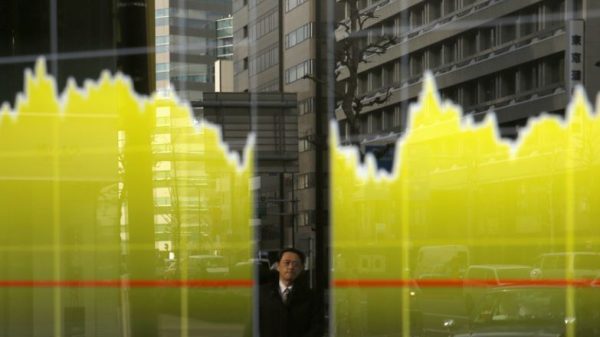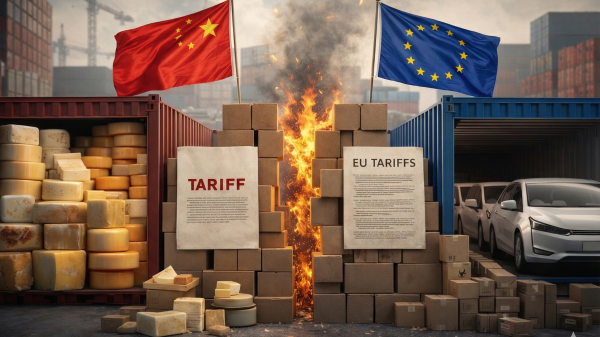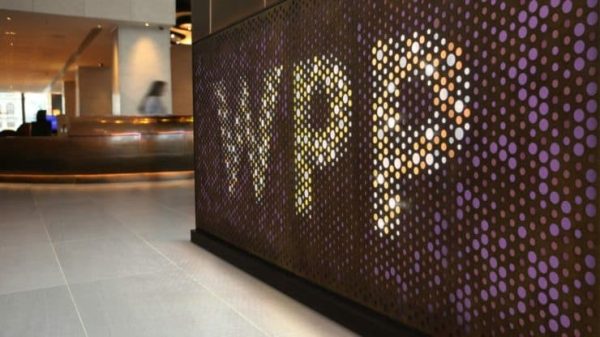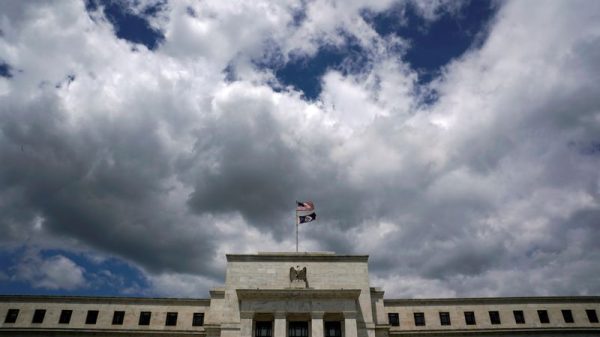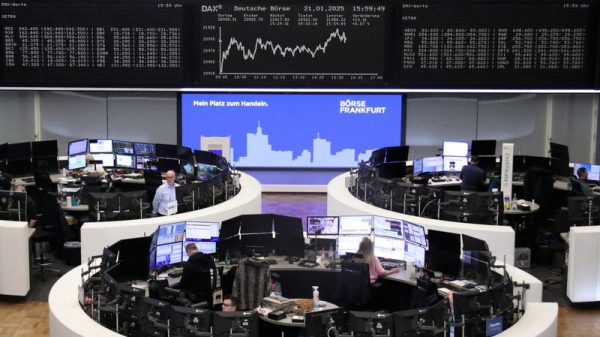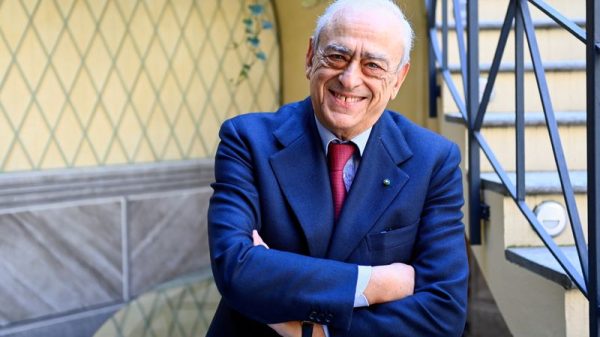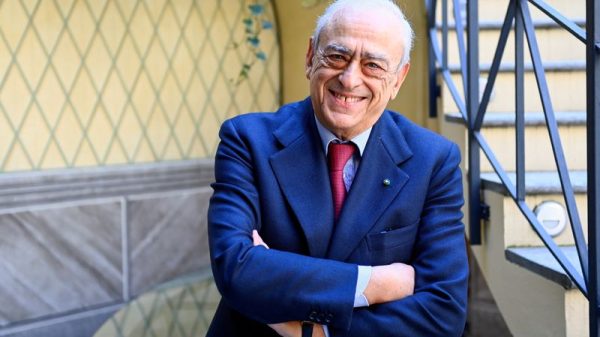President Donald Trump has extended the United States’ tariff truce with China for another 90 days, a move expected to stabilize trade relations between the world’s two largest economies and calm market fears of renewed escalation.
The decision, reported by CNBC citing a White House official, pushes back the expiration of the existing truce that was set to end Tuesday.
The agreement, reached in May, saw both countries scale back tariff measures and resume key exports in a bid to ease tensions.
Under the deal, US tariffs on Chinese imports were reduced to 30% from a high of 145%, while Beijing cut levies on American goods to 10% and resumed shipments of rare earth magnets, which are critical to US manufacturers.
Trade talks and economic implications
The extension follows a preliminary agreement reached last month in Sweden, where negotiators met to solidify terms.
US Treasury Secretary Scott Bessent and Chinese Vice Premier He Lifeng led the discussions in Stockholm, the third round of talks in less than three months.
The pact’s continuation offers breathing room for both sides to address unresolved issues, including duties linked to fentanyl trafficking, Chinese purchases of sanctioned oil, and US business operations in China.
Financial markets have reacted positively in the past to signs of progress in US-China trade relations.
Earlier this year, heightened tariff measures from both countries rattled global investors.
The latest development is likely to provide short-term stability, although the deal remains fragile amid geopolitical tensions.
The decision may also pave the way for a potential meeting between Trump and Chinese President Xi Jinping in late October, possibly coinciding with an international event in South Korea.
Rare earths and semiconductor disputes
A key focus in the ongoing talks has been the flow of rare earth magnets, which are essential for industries ranging from electric vehicles to defense.
Shipments from China to the US rebounded to 353 tons in June, up from just 46 tons in May, though still below pre-control levels.
US Trade Representative Jamieson Greer has expressed cautious optimism, noting that commitments have been made to restore supply chains to their previous stability.
The semiconductor sector remains another flashpoint.
Nvidia Corp. and Advanced Micro Devices Inc. have secured export licenses by agreeing to remit 15% of certain AI chip sales revenue from China to the US government.
Trump has also indicated openness to allowing Nvidia to sell a scaled-back AI chip to China, a sign of potential flexibility in high-tech trade restrictions.
Balancing trade and strategic competition
While the extension signals a willingness to cooperate on trade, national security concerns persist among US policymakers.
Critics warn that easing restrictions on sensitive technologies could undermine efforts to limit China’s progress in critical sectors such as defense, semiconductors, and battery technology.
Despite these concerns, both Washington and Beijing appear committed to keeping negotiations open.
The continuation of the tariff truce underscores the economic incentives on both sides to maintain a degree of stability while navigating broader strategic competition.
The post Trump extends China tariff pause for 90 days: report appeared first on Invezz

